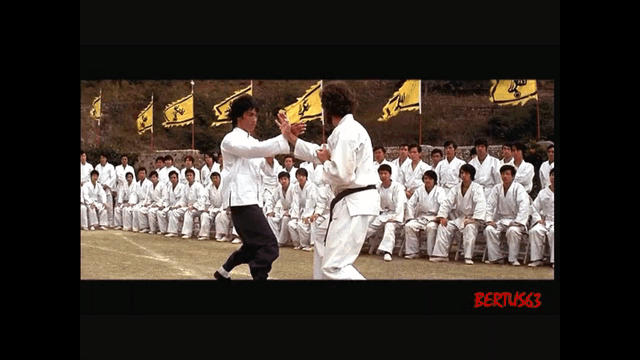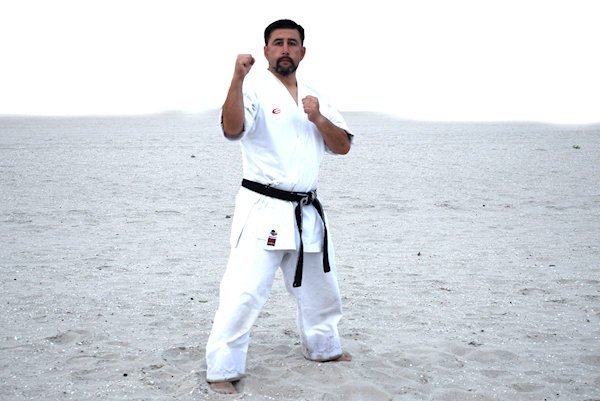Find this post in another forum. It's very interested. Any comment?
-----------------------------------------------------------------------------------------------------------------------------------------------------------------
"The Problem With Trapping & Why Late Bruce Lee Dismissed It:"
In late Original Jeet Kune Do from Bruce Lee, there was no trapping used anymore. This may shock some people, but according to Ted Wong and Jesse Glover, late Bruce Lee dismissed trapping all together because it didn't work under pressure. Also he stated to Taki Kimura 1969 that Chi Sao was out. Even in the fighting method books, with all the pictures form 1966-67, there was practically zero trapping, if something than very few single pac saos. Everything was based on attacking an opening or using feints, instead of trapping.
Trapping works only if the opponents would freeze their hands up and completely stop their attacking intention, instead of snapping or punching through and continuing attacking. Trapping fails completely if the attack is unpredicted and comes from all angles and with full force. Therefore it's a very unrealistic concept. But people love it, because it looks flashy. As a initial attack it can work if its simplified, but in that case anything can work, even a punch from a completely untrained person. However, trapping always means compromising own punching structure.
Totally agree,trapping is something that's great if it happens but not something to look for. I will say I look at WC as stand up grappling therefor a trap is something that can happen if there is some hand fighting going on but its not a conscious decision my conscious intent is to hit and kick. In chi sau you can play around and set traps up but that's because the other guy isn't trying to take your head off or take you down.



